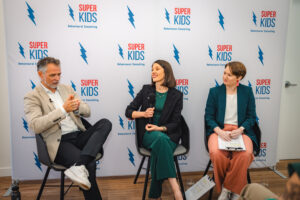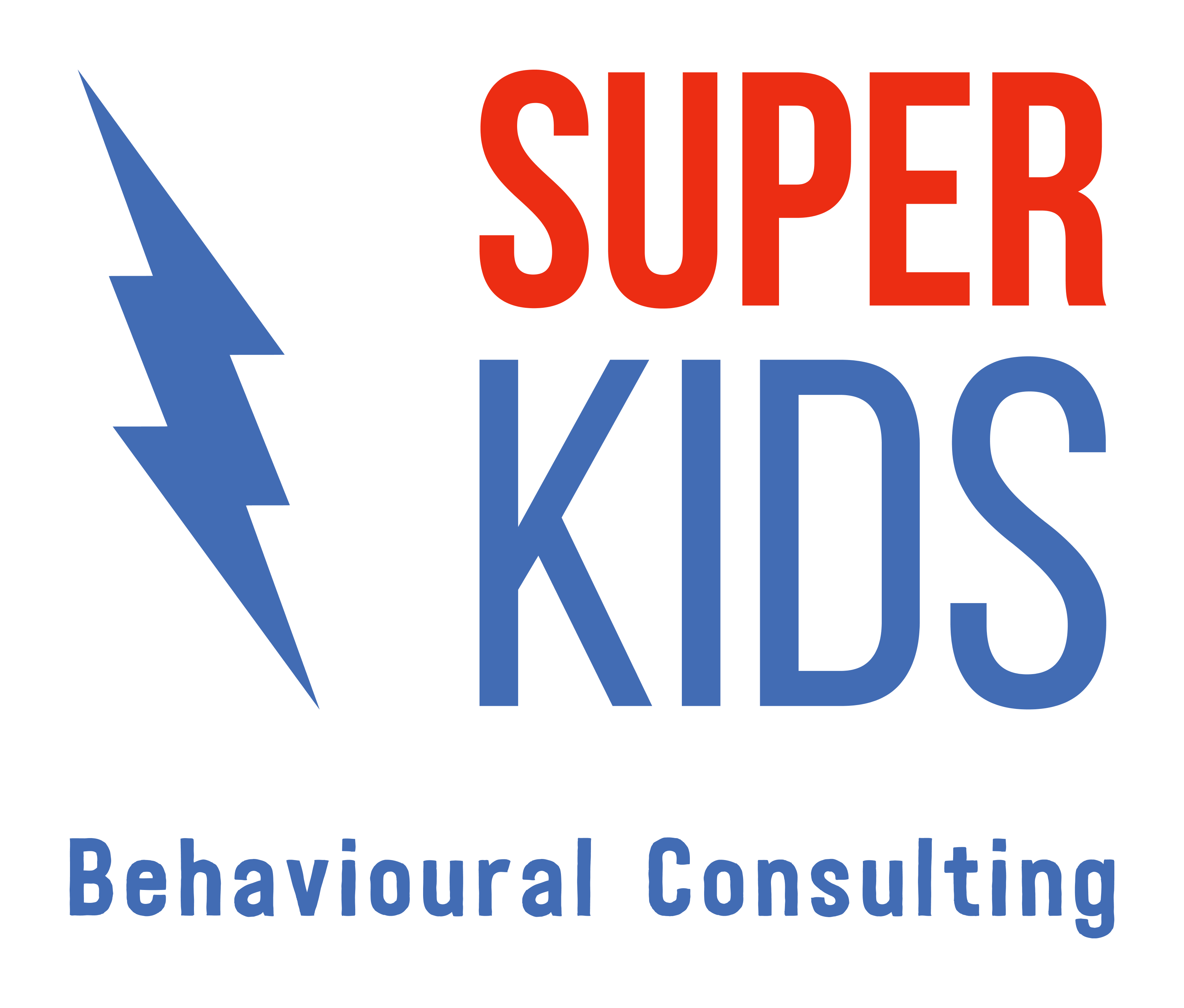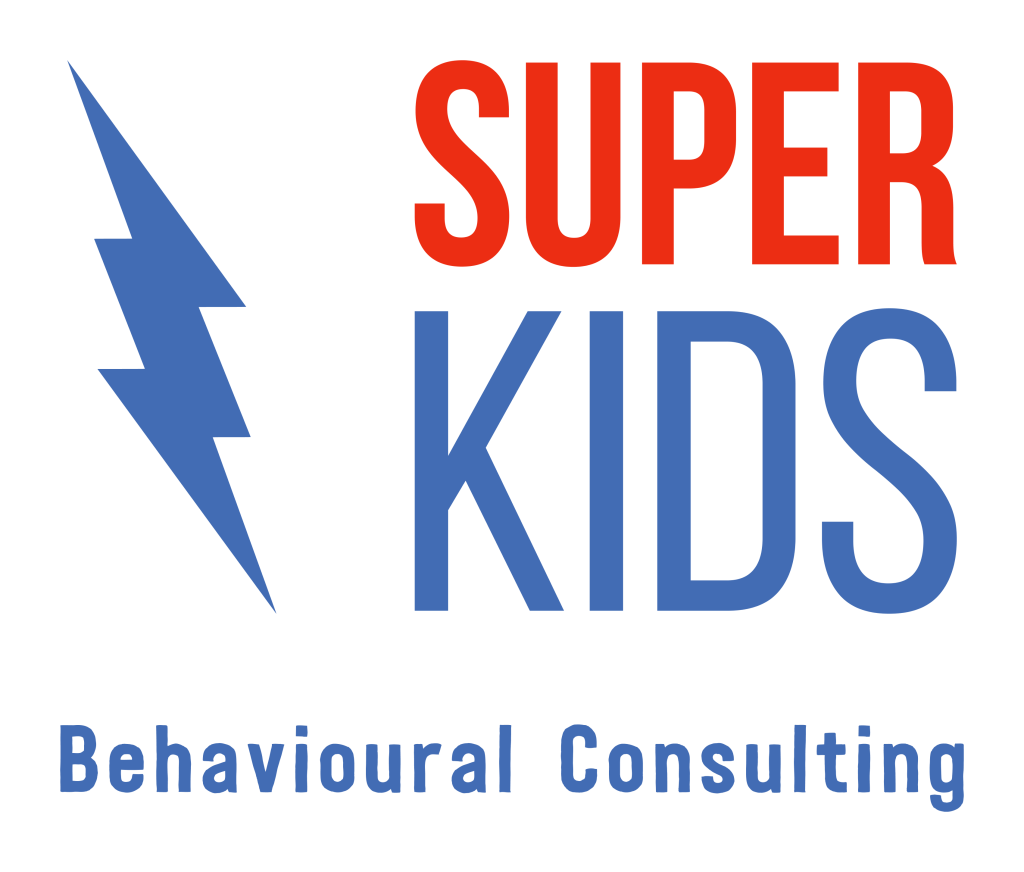The Power of The Universal Protocol: How One Simple Framework Transformed Classroom Behaviour

Renee Collins
Clinical Director

In classrooms across the world, educators are seeking more effective, compassionate strategies to address challenging behaviours, approaches that go beyond reactionary discipline and move toward connection and understanding.
Enter the Universal Protocol.
Developed as a preventive and relationship-centred approach, the Universal Protocol is a treatment package grounded in evidence-based practices. Rather than relying on rigid control or compliance tactics, it emphasises trust-building, student autonomy, and environmental enrichment. While this protocol has been primarily researched in school settings, it is equally applicable in homes and clinics—particularly when supporting children with dangerous or high-intensity behaviours.
What Is the Universal Protocol?
At its heart, the Universal Protocol is about understanding and respecting the child. It includes:
- Positive Regard & Empathy: Starting every interaction with warmth and understanding.
- Enriching the Environment: Filling the space with meaningful, reinforcing items aligned with the student’s interests.
- Following the Student’s Lead: Offering real choice and shared experiences.
- Limiting Non-Essential Demands: Removing unnecessary stressors.
- Reinforcing Precursor Behaviours: Recognising early signs of distress and responding supportively.
- Inviting, Not Forcing Work: Allowing students to engage on their own terms.
These elements aren’t groundbreaking in isolation. But together, and with consistency, they create a shift in how students experience school, home, or clinical environments.
The Evidence Behind the Approach
In a 2025 study published in Education Sciences (DeMuesy & Clark-Shofar), researchers trained a special education teacher to implement the Universal Protocol using Behaviour Skills Training (BST). The results were compelling:
- Challenging behaviours dropped by 78.2%
- Precursor behaviours decreased by 80.3%
- Students engaged in academic tasks voluntarily in more than half of the sessions
These outcomes demonstrate the effectiveness of aligning behavioural support with empathy and structure, rather than control and coercion.
Why This Matters
As educators, we are often trained to manage behaviour, but rarely taught how to cultivate connection. The Universal Protocol flips that narrative. It recognises that behaviour is communication and that trust is teachable.
What if every teacher had access to this framework? What if school felt more like a partnership than a power struggle?
Actionable Takeaways for Teachers
- Start with Empathy: Greet students warmly. Use tone and facial expressions that convey safety.
- Offer Choices Early and Often: Autonomy reduces resistance.
- Simplify Demands: Ask yourself: Is this demand essential right now?
- Observe and Reinforce Precursors: Notice early signs of distress and reward calm communication.
- Respect Refusals: Inviting work rather than demanding it fosters long-term engagement.
Final Thought
Challenging behaviour doesn’t have to define the classroom experience. With the right tools and training, every learning environment can become a place where students feel safe, seen, and supported. The Universal Protocol isn’t just a strategy; it’s a shift in mindset.
One that starts with the simplest but most powerful question: What does this child need to feel safe, seen, and supported today?
Super Kids acknowledges each individual’s personal preference to use identity-first or person-first language to describe themselves or their loved one. We interchangeably use both language conventions and therefore refer to both Autistic children and children with Autism.






